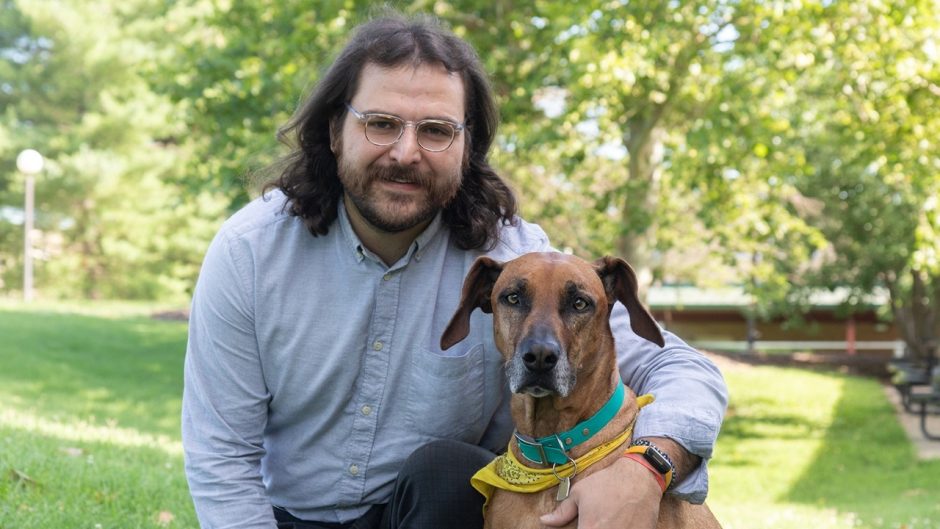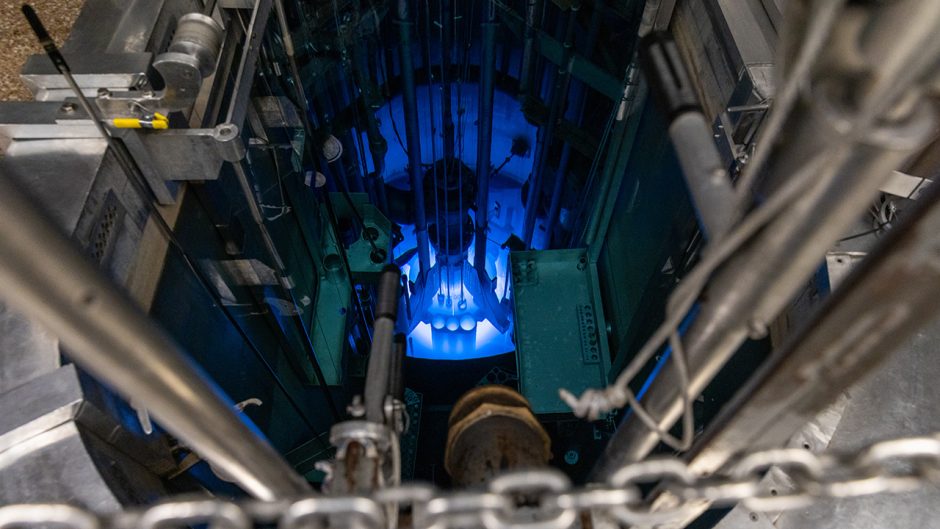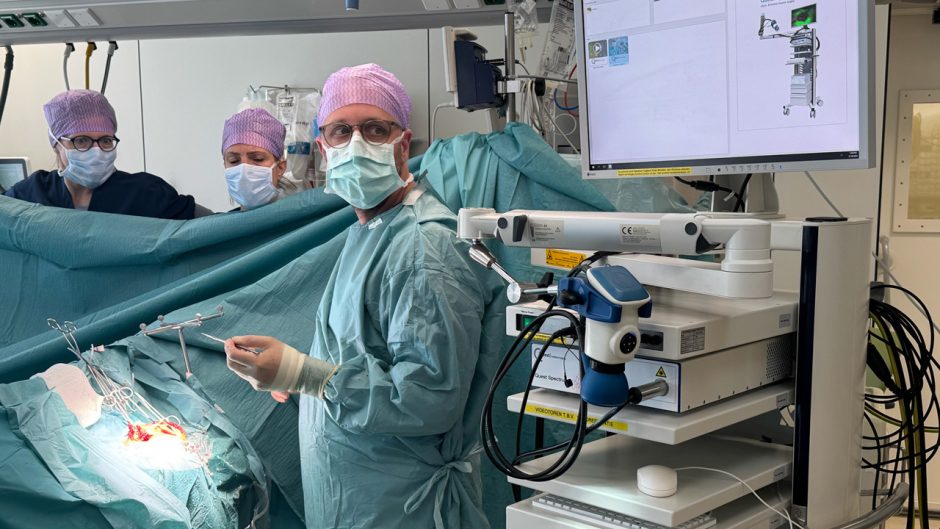
March 10, 2023
An ongoing University of Missouri research partnership between the Missouri School of Journalism and the Institute for Data Science and Informatics has received a $25,000 grant to support a more accurate method of analyzing news deserts — communities that have limited access to local news.
The grant, from the Inasmuch Foundation, supports a range of community-centered projects in education, health, journalism and more. The foundation’s support will give the project, led by Damon Kiesow of the School of Journalism and Chi-Ren Shyu — director of the institute — a solid foundation as it seeks to improve large-scale analyses of the local news ecosystem.
“Local news is a vital resource for staying informed and engaged within any community,” said David Kurpius, dean of the Missouri School of Journalism. “The School of Journalism is deeply invested in building and expanding that resource for everyone.”
Kiesow and Shyu are developing a different approach to researching this important topic that addresses gaps in the current methodology. They plan to use data gleaned from digital news stories nationwide to create an automated algorithm that will identify coverage areas and news deserts with greater accuracy and efficiency.
“There are limits when we are basing our understanding of news deserts on where a newsroom is physically located,” said Kiesow, Knight Chair in Digital Editing and Producing at the School of Journalism. “Coverage can cross counties, zip codes and even state boundaries. When you’re trying to ask specific questions about the depth and breadth of a newspaper’s coverage, it’s not the most accurate.”
Traditionally, the answer to that drawback has been to manually review articles from a region’s news outlets to gain a precise understanding of coverage areas. These reviewers must then tag each story based the quality of its coverage for a given area.
While producing more accurate results, that method is laborious, expensive and virtually impossible to scale up to a nationwide level. Kiesow’s answer takes the best of both worlds: the broad impact and scale of a nationwide study combined with the finely tuned detail of a manual review — though, in this case, the algorithm will do the work of an army of graduate students. It will zero in on a series of “critical information needs” to evaluate how well stories cover the communities they relate to, then compile those results in a database that will allow researchers to compare coverage across outlets over time.
“We can’t just look at New Jersey, for example, if we want to understand the big picture of what’s going on with journalism, with corporate ownership, with digital startups and radio and TV,” Kiesow said. “We need to be able to capture the content newsrooms are producing nationwide, and we need some way to classify that journalism algorithmically.”
Read more from the Missouri School of Journalism

![062625_CEI Aerial View_email-cropped[29] (1)](https://showme.missouri.edu/wp-content/uploads/2025/06/062625_CEI-Aerial-View_email-cropped29-1-940x529.jpg)

